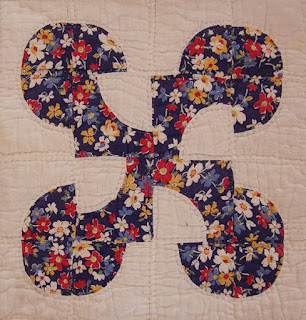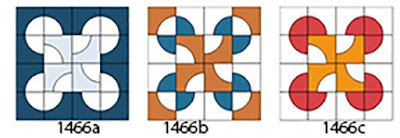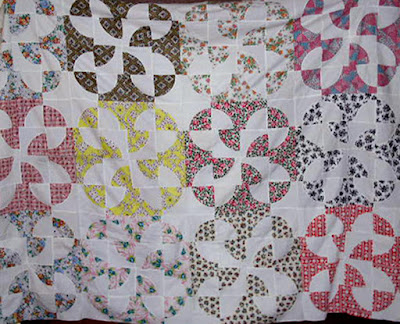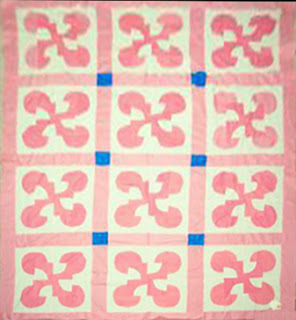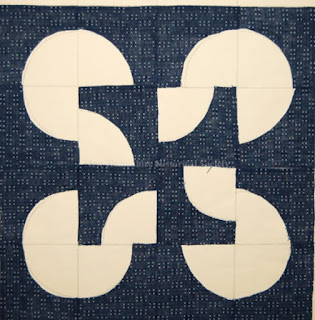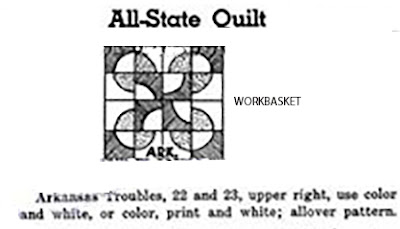Quilt seen in the North Carolina project. We'd guess Baltimore
1840-1860.
It's always hard for us to imagine where quiltmakers 170 years ago got their patterns.
Princess Louise, Queen Victoria's artist daughter
showing a needlework pattern to her sister, mid 19th century.
We have no trouble going back to the 1970s and the 1950s---
20th-century patterns are not a mystery. Commercial networks provided
more patterns than you could make in a lifetime.
1829 instructions telling us to buy patterns at any "fancy-shop."
But before inexpensively-produced illustrations published in large editions we are hazy about patterns and tend to think each quiltmaker was the artist who drew the pattern as well as stitched the applique. And we are wrong.
See a post on earlier methods of sharing patterns here:
Block in a Baltimore quilt from Stella Rubin's inventory
Many quiltmakers who produced the complex applique we see in Baltimore album quilts in the 1840s &'50s were quite experienced with using patterns through a fashion for what was called theorem painting.
Theorem painting of a fruit bowl
Fruit was common imagery in a sort of "paint by numbers" trend where various stencils are built up into a composition. A theorem is a mathematical statement built on layers of facts; perhaps the
name theorem painting means art based on layers of stencils.
Block from a Baltimore quilt pictured in Elly Sienkiewicz's Paper Cuts & Plenty
1820s theorem painting from the Abby Aldrich Rockefeller
collection at Colonial Williamsburg
Theorem painting was taught by many, offering refinement to a lady's attributes.
Taught in art classes such as those of William Haydon
in Philadelphia in 1835...
and by seamstresses and milliners such as Miss E. Wilson in Wilmington,
Delaware in 1829.
Abby Aldrich Rockefeller collection, Colonial Williamsburg
Surviving theorems make one wonder if these anonymous painters
took classes from the same teacher or had the same paper patterns.
Collection American Museum of Folk Art
(I flipped one of these to make them go the same direction.)
1833: "Theorem painting has come into disrepute, on account of the bad success of many persons."
Theorem from Linda Rose Antiques
A paragraph from my Encyclopedia of Applique book:
Today's artists do theorem reproduction paintings---something to look for if you can't afford an 1830s artwork.





































